This financial and money transfer route is very special: it is an invisible route, only “those who do it know”, including high-ranking leaders. Those who directly received the task formed a “money army” to fight on a dangerous and fierce front no less than the military front. It is also the place where the Vietnamese will, intelligence, creativity and Vietnamese revolutionary heroism are excellently demonstrated. In that “money army”, there were many soldiers operating silently in both the North and the South, both at home and abroad, completely like “a special unit”.
Maximum mobilization for the South
The period from 1965 to 1975 was an unprecedented period of “boiling water and fire” in the modern history of Vietnam. This was a period when the whole country faced two decisive historical challenges: Independence and building socialism. To achieve the goal of independence, the entire nation was willing to sacrifice everything for the cause of liberating the South. Millions of children from the North went to the South to fight. Weapons, food, provisions, and all other means were mobilized to the maximum for the beloved South.
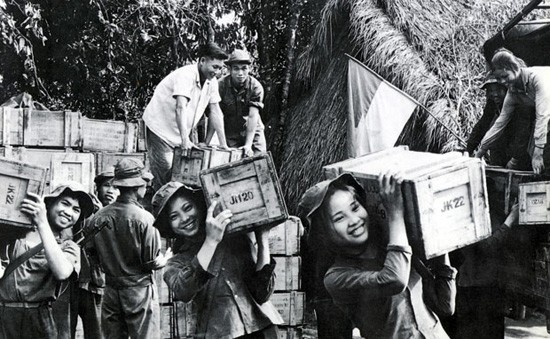 |
| Transporting weapons to support the southern battlefield (Photo). |
But in order for all the above-mentioned arms and fronts to be deployed and operate, there is one thing that is indispensable everywhere and at all times: Money.
Money to provide food and clothing for the troops, soldiers, agencies and organizations. Money to purchase goods, to serve all the material and spiritual needs of the resistance apparatus - from batteries for radios to pills for infirmaries, paper for printing, from the courier's car to the newspaper printing machines, printing papers and even "identity" papers for soldiers operating in the inner city... Money to build secret bases throughout the cities and countryside of the South... Money was also used to "buy" safe and secret roads to transport weapons to the battlefields. Sometimes, money was even used to rent safe land for cadres to build temporary shelters in neighboring countries, to avoid sweeps and bombing raids.
In the Party Financial Chronicle, it is recorded: “After the Geneva Agreement in 1954, the financial resources including the remaining Indochina money exchanged for the people, the gold and money left before the regrouping, were continued to be sent by the Party Central Committee and the Government. The Central Office for the South allocated a part to the Southwest Special Party Committee, a part to the provinces (about 1 million VND per province) for operations, and a part to the secret agents to operate in urban areas to do business , combined with revolutionary activities.
When the Southern Regional Party Committee returned from its base in Bac Lieu and Rach Gia to secretly operate in Saigon, the Regional Party Committee's Finance Department brought some gold with it, sold it to get money to spend on buying houses and cars...
The memoirs of Mr. Nguyen Van Phi (aka Muoi Phi), former Head of the Central Committee's Special Finance Department, recorded: "The Finance Department of the Southern Party Committee assigned a number of Party members to build a public financial base for the Party. I was kept from regrouping. My first front was a grocery store on Huynh Quang Tien Street (now Ho Hao Hon, District 1) to conceal internal communication points. My second front was to invest in the Dan Sanh chainsaw farm.
Mr. Tu Lau, Deputy Secretary of the Regional Party Committee and Head of the Regional Party Committee's Finance Department, instructed me: Hand over the Dan Sanh chainsaw farm to Nguyen Thanh Quang. I will move to Phnom Penh on my own, have no relations with former resistance fighters, not rely on the Cambodian base, be in the foreign trade sector, and connect with Hanoi.
In addition to the above self-care, according to the request of the Southern Regional Party Committee, of the V and Tri Thien Regional Party Committees, the State Bank of Vietnam had to take care of money for the South. That money, of course, had to be Saigon money. The Foreign Exchange Management Department, and later the Foreign Exchange Department under the Central National Bank, were assigned to take charge of this task.
In the first few years, the Central Government did not have any international aid in foreign currency, but only direct aid in goods and materials from socialist countries, so the first measure was to use the State budget to buy Saigon money in foreign markets, mainly in Hong Kong. In addition, the Vinh Linh branch also provided foreign exchange services between the Northern money and Saigon money. The amount of money provided for the South at that time was not large compared to later periods, but compared to the current capabilities of the North, this was also a remarkable effort.
| According to a 1956 report of the Foreign Exchange Management Department: “During the year we changed the Southern currency: Buy 32,734,439 VND (Saigon money including 20,000,000 bought in Hong Kong, exchange rate is 1 MN dong = 46.02 MB dong). Sold 29,665,723 dong, mostly to serve the needs of the North-South Relations Committee, but because we could exchange very little, we could not satisfy this need for most of the year, except at the end of the year when we bought in Hong Kong. The above mentioned sales and purchases included Vinh Linh's activities: Bought 236,302 dong; sold 229,273 dong. The balance in the fund as of December 31, 1956 was 3,058,840 dong in the Central and 7,029 dong in Vinh Linh. |
Through the above financial report, it can be seen that during this period, the annual amount of money needed to take care of the South was about 30 million Saigon Dong, equivalent to only half a million US dollars. The situation in the South at that time did not pose any great financial needs. The revolutionary movement was still in a dormant stage, and there were even regions and parts that were paralyzed. In that situation, in addition to the central government's funding, another important solution was to rely on the people.
Most of the underground cadres were in a “dispatched” or “quiet” situation. These cadres lived with the people. In many cases, patriotic dignitaries, intellectuals, and bourgeois took care of the revolutionary organization.
“ There is only one problem: money .”
Since 1959, the situation in the South has moved in a new direction: revolutionary offensive. Many base areas have been formed. Many mass organizations, many army units, many agencies of the Regional Party Committee, of the regions, of the provinces... had to deploy activities in the new situation.
Mr. Muoi Phi said: “The characteristics of the regional economy controlled by the Saigon government are a free market, abundant goods, and the ability to solve “on-site logistics”. There is only one problem: there must be money.”
At this point, finance was the biggest problem. Without money, these activities could not be carried out. Dollars and Saigon money to support the South began to become an urgent, life-or-death requirement.
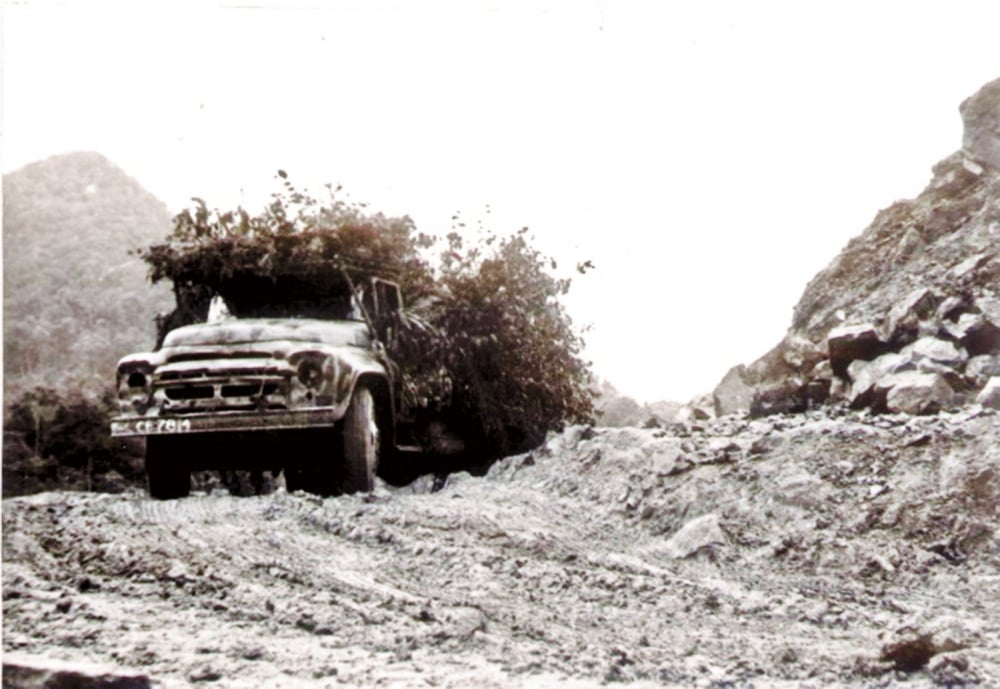 |
| During nearly 20 years of resistance, hundreds of millions of dollars in aid to the South were transported via the Truong Son road (documentary photo of Group 559 - Truong Son Command) |
To increase support for the South with hard currency, there must be revenue. But revenue from exports and foreign services as well as remittances in the North at that time was very limited, not enough to cover imports and other foreign expenditure needs.
The Foreign Exchange Department had to take responsibility for foreign currency for the South: Mobilizing international friends, including negotiating with the governments of friendly countries, to receive aid in freely convertible foreign currency, and then exchanging that money for Saigon money (called "processing"). That was the aid budget reserved for the resistance in the South.
| During 6 years (1960 - 1965), the Central Government provided the South with 1,104 million Saigon Dong, equivalent to 18.4 million dollars, accounting for 34.8% of the total budget revenue of the South in those years. The total revenue of the Region's budget also increased from 1,494 million Saigon dollars in 1965 to 5,827 million in 1968, equivalent to 582,700 tons of rice. The Central Government's 1968 aid to the South (excluding Zone V) amounted to 30 million dollars, equal to 272% of the Central Government's 1965 aid ($11 million), and more than 128 times the Central Government's 1960 aid. |
After 1969, the liberated areas were reduced, and the Vietnam-Cambodia border was continuously swept away. Local revenues were not enough to cover expenditures. Previously, the Southern provinces not only collected enough to cover expenditures, but also paid hundreds of millions to the Region, but now it was only enough to cover the lowest level of local needs. The main source of income for the Region's budget at that time was the Central Government's support.
From the mid-1960s, the US conducted an air war of destruction in the North. From then on, bringing material aid to the South, both by the Truong Son route and by sea, became more difficult than before. The Politburo assigned Mr. Pham Hung, Politburo member and Deputy Prime Minister, to be in charge of the issue of support for the South. In 1965, Mr. Pham Hung proposed to the Politburo a decision of historical significance: Establish a "Special Foreign Currency Fund" in the North, drawn from international aid sources to directly support the South.
Lesson 2: The miracle of the “ Special Foreign Currency Fund ” – B29
Source: https://thoibaonganhang.vn/bai-1-cong-tien-nuoi-cach-mang-163485.html




![[Photo] Prime Minister Pham Minh Chinh attends the event "Digital transformation of the banking industry by 2025"](https://vphoto.vietnam.vn/thumb/1200x675/vietnam/resource/IMAGE/2025/5/29/0e34cc7261d74e26b7f87cadff763eae)

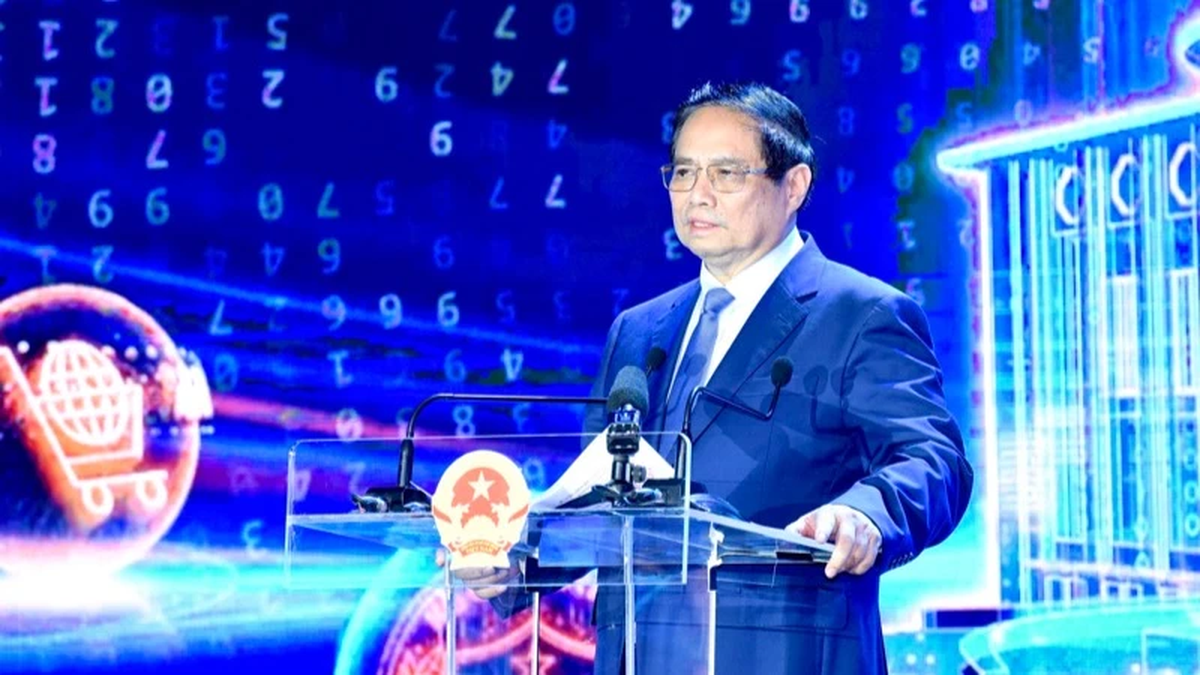
![[Photo] Prime Minister Pham Minh Chinh receives leaders of Excelerate Energy Group](https://vphoto.vietnam.vn/thumb/1200x675/vietnam/resource/IMAGE/2025/5/29/c1fbe073230443d0a5aae0bc264d07fe)
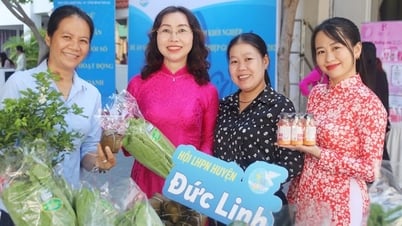

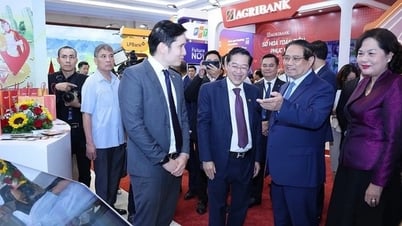
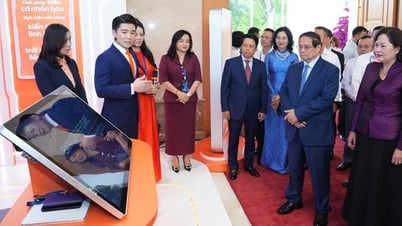
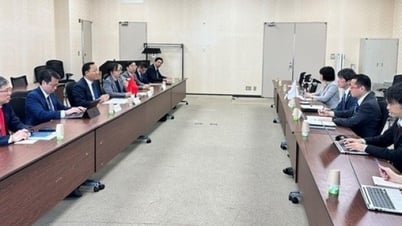








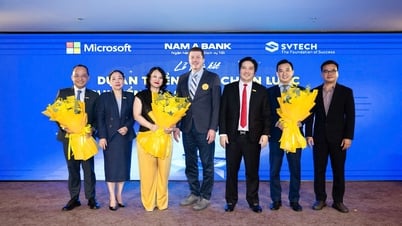
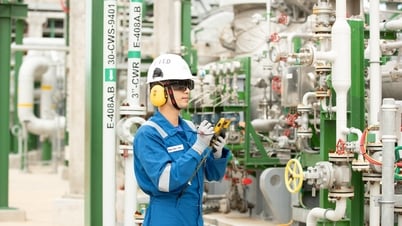
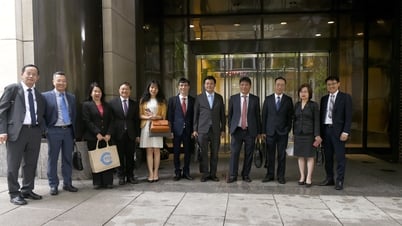
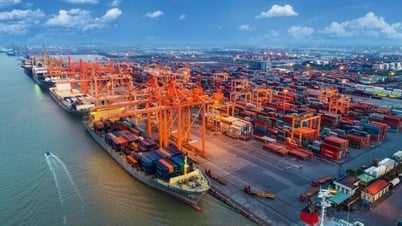
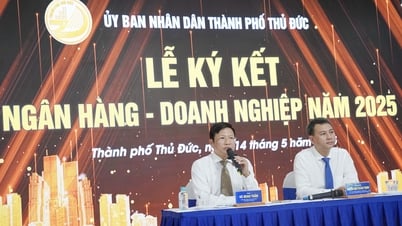
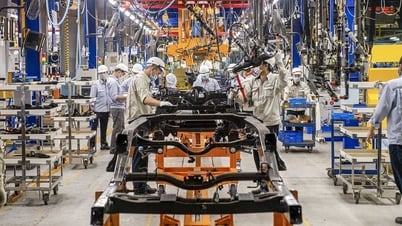
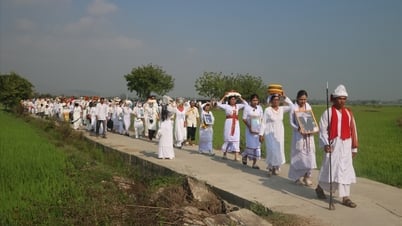











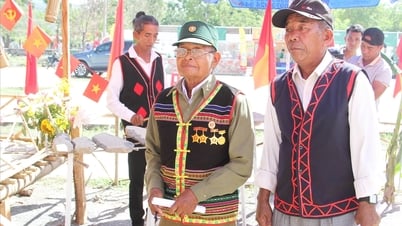
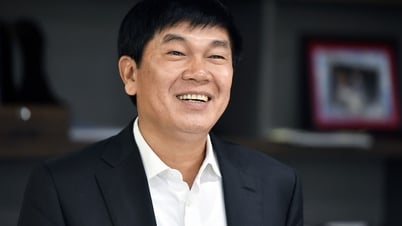







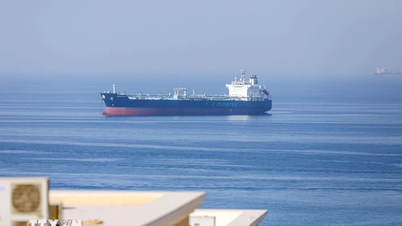

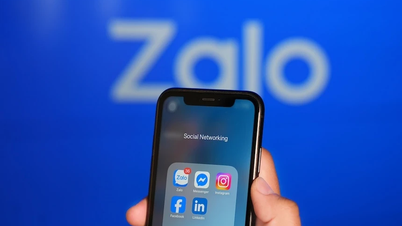



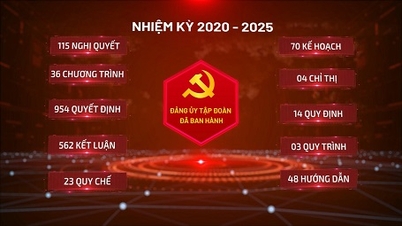


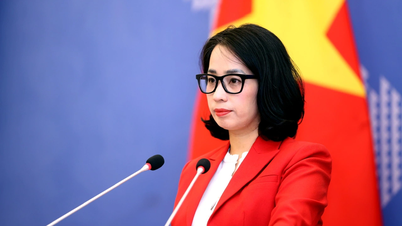


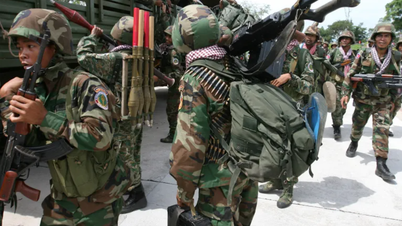




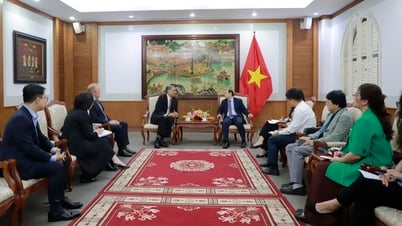
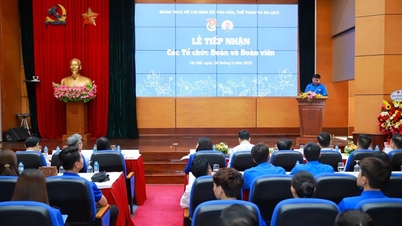
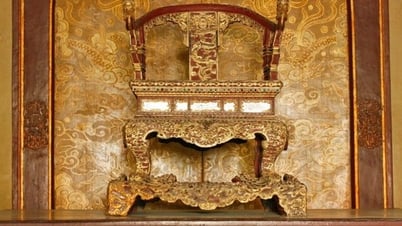
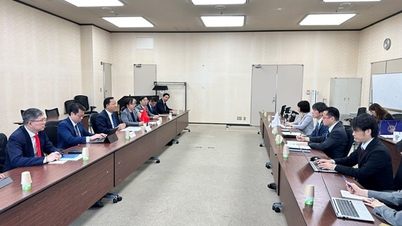

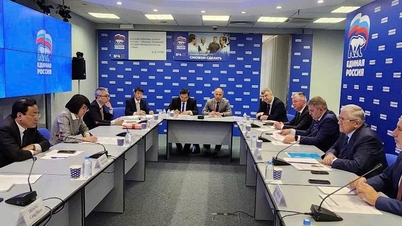

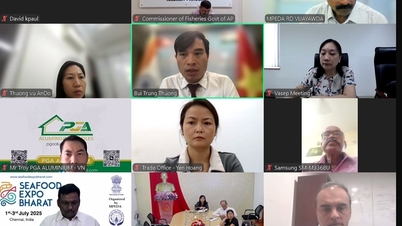
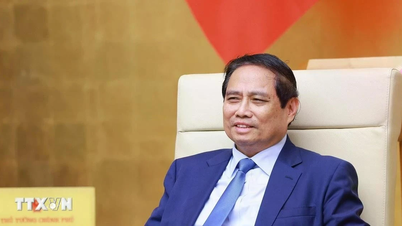

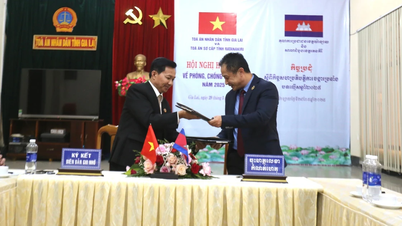


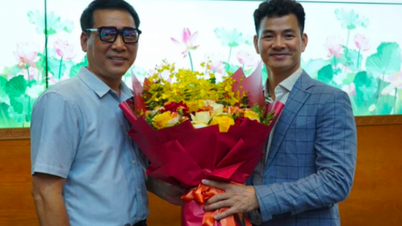

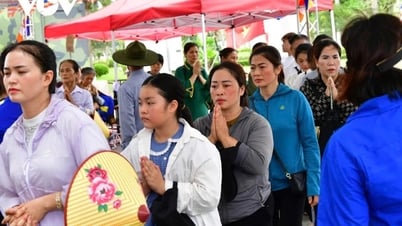

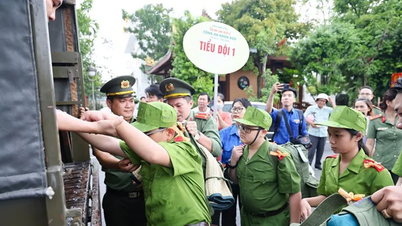
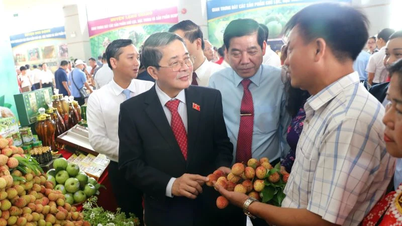

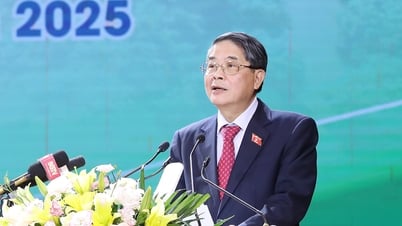







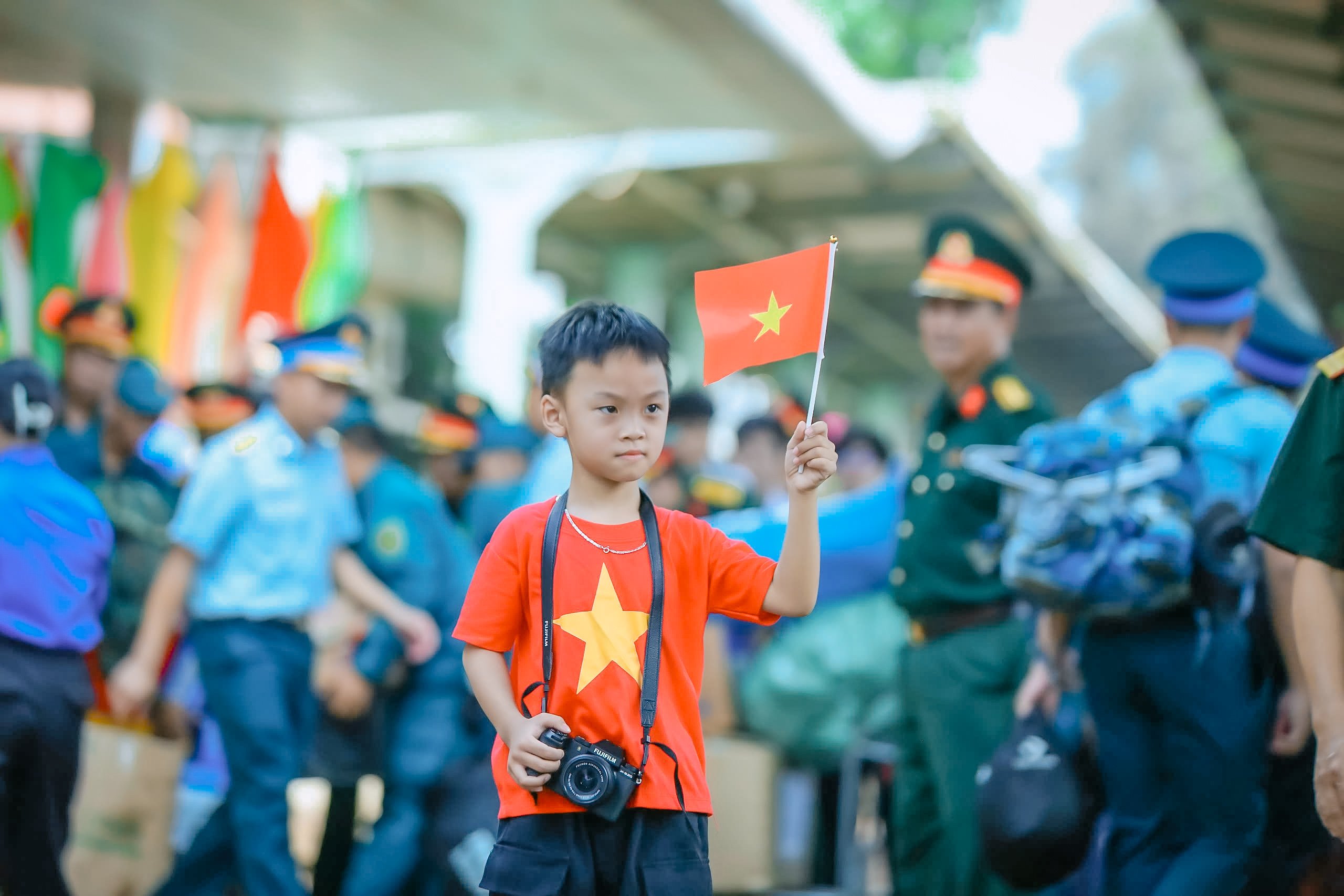
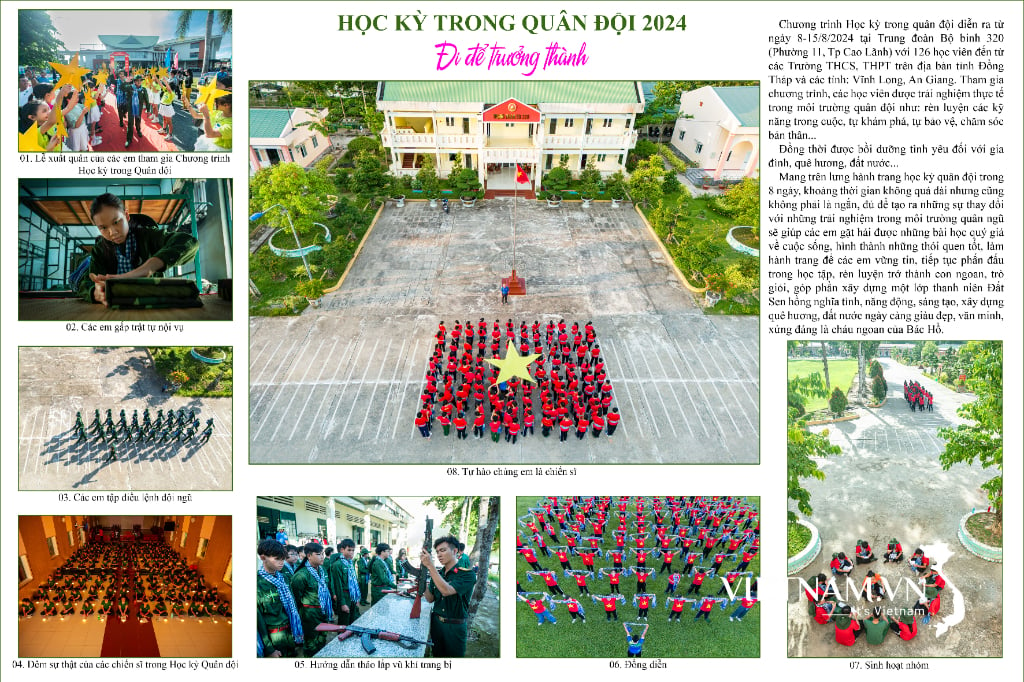
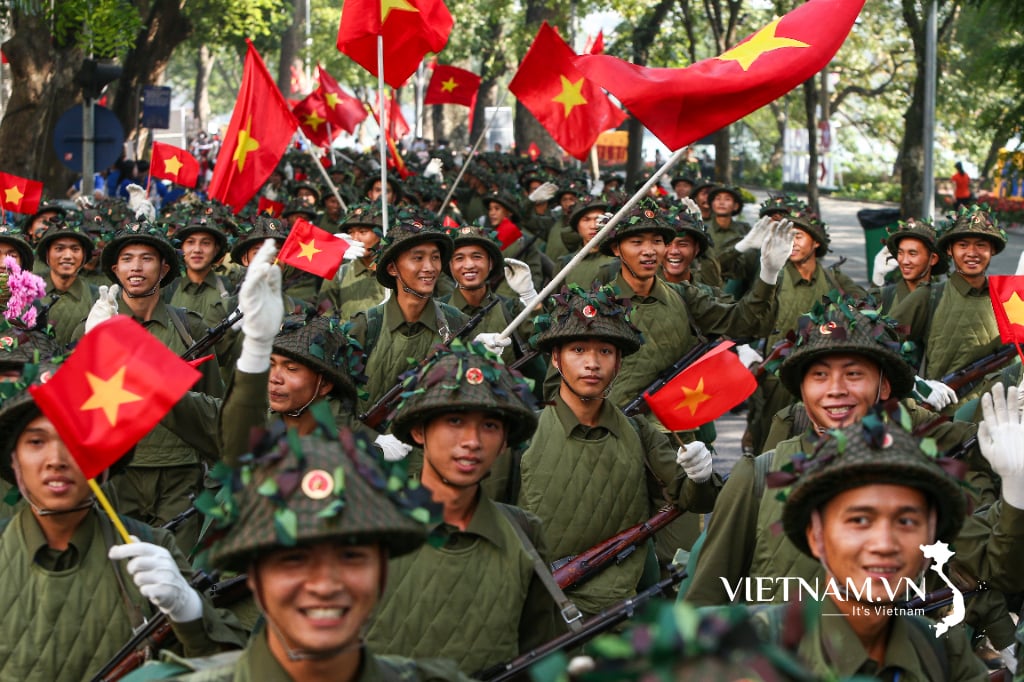
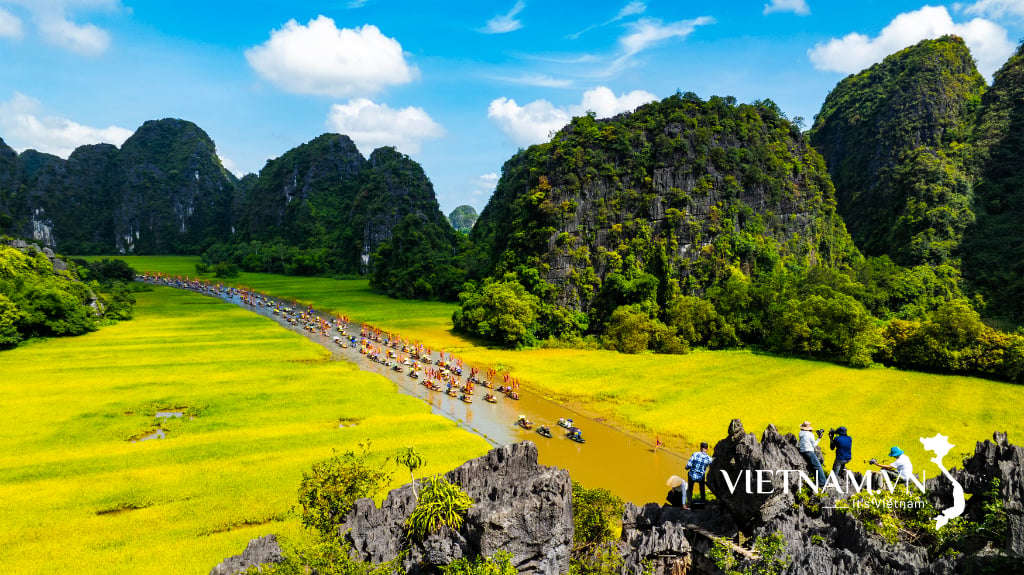
Comment (0)